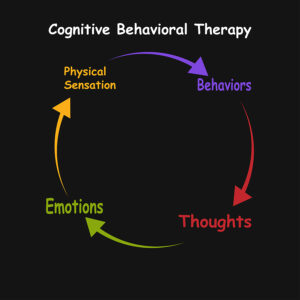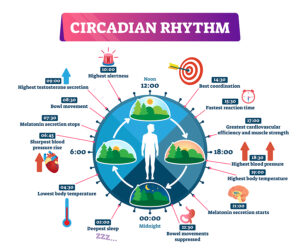In June 2023 a new study showed that poor health has a link to loneliness and social isolation. It was also reviewed by CNN. There have been many studies in the past examining whether poor health shows an association to loneliness and social isolation. But this new study is different: it is a meta-analysis of 90 prospective studies with follow-up from 6 months to 25 years. The study included only persons age 18 years and older. There was a total of 2.2 million participants. The study specifically examined the links between loneliness, social isolation and early death.
The Meta-analysis
This new meta-analysis is significant, because with such a high number of participants the statistical strength is much better than with smaller studies. All of the 90 studies examined were prospective studies. The meta-analysis showed the difference between controls and various experimental groups suffering loneliness, social isolation and early death. The researchers identified independent risk factors of subsets among the 2.2 million subjects as discussed further below.
Loneliness
The definition of loneliness in the study was the subjective distress people feel when there is a discrepancy between the social relationships they have and what they want. If their is no fulfillment of the need for connection or intimacy in their relationships, this too can be a source of loneliness. There is increased isolation of Americans due to the increase in TV watching, spending more computer time and increase in cell phone use. This is loneliness by choice. But very few know that this can cause disease.
Social isolation
When people are under social isolation, they are under chronic stress, which translates into disease. In the statistics below it is apparent that cancer and cardiovascular mortality show a significant elevation from social isolation. In women with breast cancer there was a 51% increased mortality due to social isolation.
Findings of the study
Here are the findings form the metaanalysis. All the findings of patients suffering from loneliness and social isolation were in comparison to control groups without social deprivation.
- There is a 32% all-cause mortality from loneliness and social isolation
- Loneliness is responsible for a 14% increase in mortality compared to those who are not lonely
- There is a 24% increased cancer mortality due to social isolation
- Social isolation is responsible for a 34% increase of cardiovascular mortality
- Socially isolated individuals with cardiovascular disease had a 28% increased all-cause mortality
- Socially isolated women with breast cancer had a 51% increased all-cause mortality
Life style factors part of loneliness and social isolation
Turhan Canli, a professor of integrative neuroscience in the department of psychology at New York’s Stony Brook University had no involvement in the study. He said: ”People who feel socially isolated or lonely tend to have unhealthy habits, such as smoking, alcohol use, poor diet or little exercise. Having a small social network or little to no contact with the outside world can also make someone less likely to receive medical care if they don’t have anyone checking on them.”
Broadening social connections
We learnt how devastating loneliness and social isolation are for your health. It follows from this that the solution is to concentrate on broadening social connections as a preventative measure. Canli said: “Think of maintaining a social network like any other health-promoting activity: exercising regularly, eating well, looking after yourself.” Cultivate your social connections with a higher priority than in the past. Engage in new circles of like-minded people. Seek opportunities out like joining an exercise class or a discussion group.
Conclusion
Loneliness and social isolation are a real entity that threatens all of our health. A meta-analysis of 90 prospective studies (6 months to 25 years of follow-up) including more than 2 million people showed the following. There is a 32% all-cause mortality from loneliness and social isolation. Cancer mortality is up 24% due to social isolation. Socially isolated individuals with cardiovascular disease had a 28% increased all-cause mortality. Socially isolated women with breast cancer had a 51% increased all-cause mortality. There were more findings than these. Overall, this stresses the importance to cultivate your social connections, which prevents social isolation and loneliness. You will stay healthier for longer and not die prematurely.















